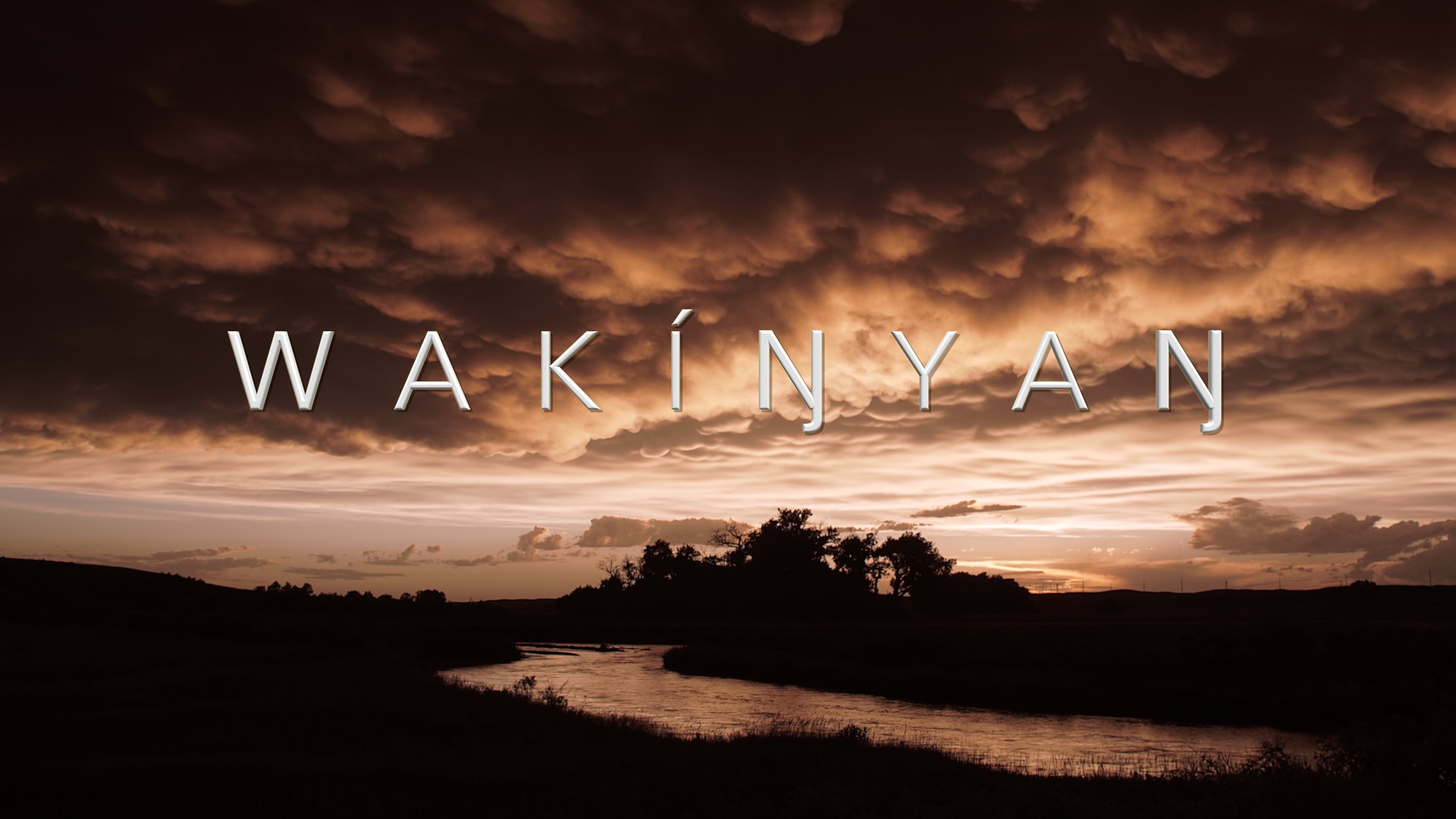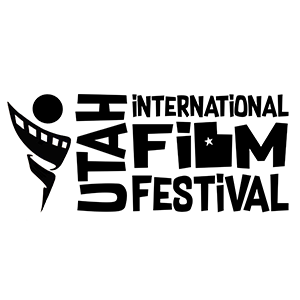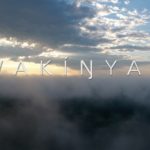Wakinyan

Wakinyan is by no means your typical short film. Rather than your typical narrative, this film is meant to be a focused demonstration in cinematography—and a skilled one at that. There is no dialogue and no actors. The only character is mother nature herself. The only actual verbal communication in the film is the opening text. The film opens on a two-part message that reads “In the Lakota language, Wakinyan means thunder, or thunder spirit.” With the second part reading “Much has changed on the great plains since the word was first used, but Wakinyan remains, untouched by man.” The movie then begins with a wide array of some incredibly impressive scenery shots. Slow moving shots beginning with the clouds in sky, then a birds eye view of the plains, and then a horizon shot of said plains. These clips are set to very calming music. The kind of music you could probably fall asleep to. It resonates classic Native American music that gives a sense of beauty to be admired.
After about a minute, we get a definite tone switch. The music switches from the calming woodwind to fast paced drums. A title card reads “Wakinyan” and then more clips begin to play. These clips are still of nature, but they focus more on the weather, specifically how it changes. This new sequence of shots mostly utilizes the time lapse style. Clouds moving and darkening, lightning striking in the distance, grass blowing in the wind; these are all actions in these scenes that are show so much more effectively through time lapse. The drums speed up. The music creates a sense of anxiety to match the weather getting worse and worse. The shots get progressively darker to portray it. There are also shots of lightning getting closer while striking more frequently. The speed is also sped up significantly to give the illusion of bolts striking one after the other.
As the drums die down, you can see a sliver of the sun poking out from behind a dark cloud. Then there is a shot of the sun on the horizon. As this happens, the soothing woodwind music returns. The storm has passed.
A project like this was both a difficult and risky undertaking. Shedding normal conventions to tell a story such as this might not appeal to the masses who prefer acting, dialogue, and apparent conflict. Wakinyan doesn’t need any of that though, it’s entire narrative is conveyed through its use of photography and cinematography, as well as it’s opening text. “Much has changed on the great plains since the word was first used, but Wakinyan remains, untouched by man.” So much of nature has been destroyed and/or pushed to the side to make way for new things. However, despite our best efforts, there are some things in nature that we can never get rid of. Thunder storms for one—or Wakinyan. Wakinyan remains, no matter what. The film is a testament to what happens when we don’t respect our planet. We destroy nature, they destroy us back.
I would highly recommend this film; both for its amazing cinematography as well as its skilled, purely visual storytelling.






